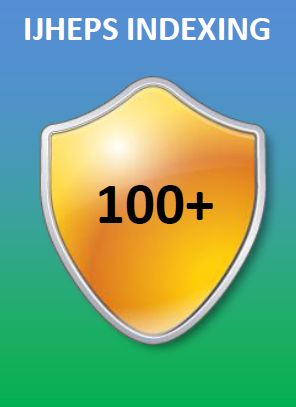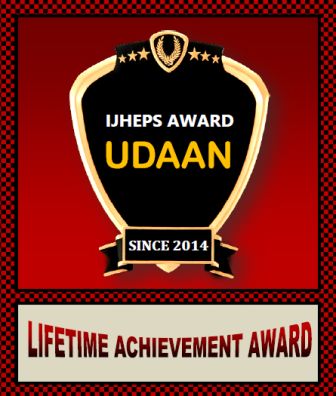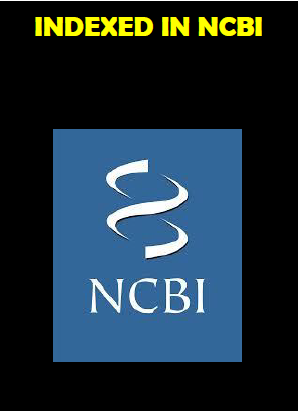
e-ISSN 2320-2955, p-ISSN 2249-2569, ISBN 978-81-909047-9-7
INTERNATIONAL RESEARCH JOURNAL OF HUMANITIES,
ENGINEERING & PHARMACEUTICAL SCIENCES
(An International Registered Research Journal) - Now IJHEPS Recommended By International Committee of Medical Journal Editors, USA
- Now IJHEPS Recommended By International Committee of Medical Journal Editors, USA
| PHARMACY | |
|---|---|
| Title | ENVIRONMENTAL IMPACT OF PHARMACEUTICAL ACTIVE COMPOUNDS FOUND IN HOSPITAL WASTE WATER: A CROSS CASE ANALYSIS OF PSEUDOMONAS FLUORESCENS |
| Authors | Miriam Watafua and Joshua Williams Kwari |
| Page No | 1-10 |
| Code | Int./JUNE16/PH1208 |
| Affiliation | University of Maiduguri & Federal University Wukari,Nigeria |
| Abstract | The presence of pharmaceuticals especially in the aquatic environment is of increasing concern and has reached an alarming state. Pharmaceuticals are commonly introduced as complex mixtures via hospitals and care home waste water and through improper disposal from house hold waste. The continuous input of pharmaceuticals into the environment through human and veterinary use has posed serious environment concern and calls for quick response to proffer solutions to the problem. This research work focuses on the use of bacteria (Pseudomonas fluorescens) as a tool to assess the toxicity of pharmaceuticals found in waste water. The pharmaceuticals tested were Sulfamethoxazole, Lidocaine, Erythromycin, Diclofenac, Ibuprofen, Sodium Diatrazoate, Bezafibrate and Atenolol. Their toxicity (both acute and chronic) was assessed by exposing the bacteria Pseudomonas fluorescens to pure pharmaceuticals at concentrations of 50μg/ml and 500μg/ml. Acute testing was conducted by exposing the bacteria for 24hours and observing the activity in terms of the conversion of a novel tetrazolium compound into a coloured formazan product. Chronic testing was conducted by exposing the bacteria to the same concentrations and conditions but observing the effects up to 72hours. The Gram-negative test (Pseudomonas fluorescens) showed a varying response to pharmaceuticals when tested at both concentrations of 50μg/ml and 500μg/ml indicating that the bacterium is being resistant to some of the pharmaceutical compounds but also showed significant growth inhibition when exposed to Erythromycin and Atenolol especially at a concentration of 500μg/ml. Chronic testing revealed a cloudy solution (after 48 hours) that hindered the spectrophotometer from reading the result and hence, it was recommended to use an isotonic solution so as to avoid this. |
| Paper | Download |









